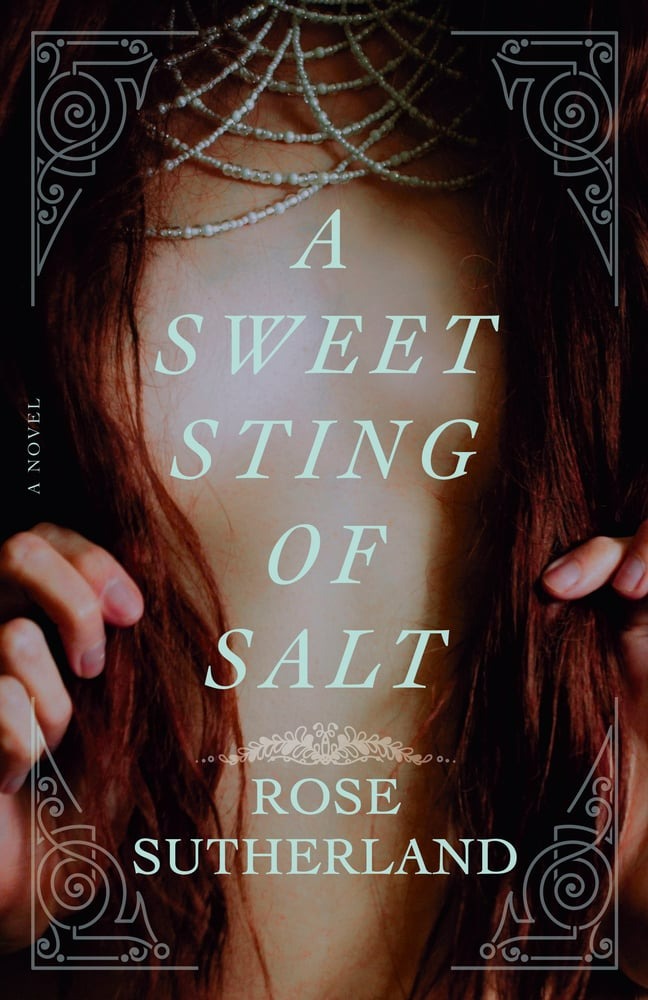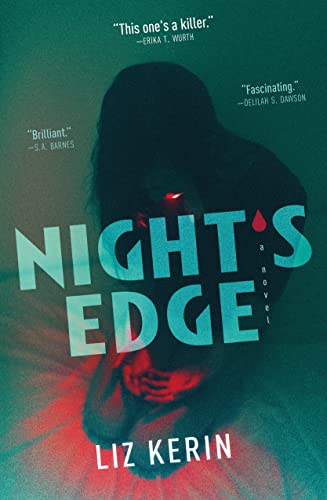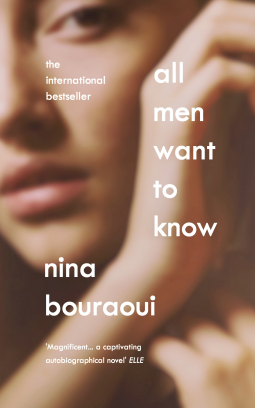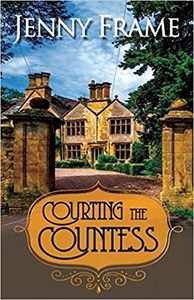Buy this from Bookshop.org to support local bookstores and the Lesbrary! I couldn’t tell you why, but I am obsessed with sapphic selkie stories. There are very few of them out there, but I leap on the chance to read any that I stumble upon. Don’t get me wrong: I like sapphic mermaids, too, butRead More
A Vampire Pandemic: Night’s Edge by Liz Kerin
Buy this from Bookshop.org to support local bookstores and the Lesbrary! Night’s Edge by Liz Kerin isn’t your ordinary vampire book. In this world, vampires are known as Saras: people who are infected with Saratov Syndrome, a brutal pandemic that changes how society functions. You can’t get into a place without first pricking your finger onRead More
Carmella reviews All Men Want to Know by Nina Bouraoui
Content warning: this review references sexual assault In the first chapter of her auto-fictional novel All Men Want to Know, Nina Bouraoui (translated from French by Aneesa Abbas Higgins) writes: “I want to know who I am, what I am made of, what I can hope for; I trace the thread of my past backRead More
Carmella reviews Girl, Woman, Other by Bernardine Evaristo
It felt like I was seeing the vibrant front cover of Girl, Woman, Other everywhere (or at least all over lesbian bookstagram), so when it won the Booker Prize for Fiction, I decided it was finally time to buy a copy and see what the buzz was about. The book follows twelve loosely-connected characters, eachRead More
Carmella reviews The Confession by Jessie Burton
Elise Morceau is enjoying a winter’s walk on Hampstead Heath when a striking older woman catches her eye. It’s attraction at first sight for the pair of them. Soon Elise is being whisked away by Connie – a successful author whose book is being developed into a Hollywood film. Does this sound like the plotRead More
Mary reviews Courting the Countess by Jenny Frame
I loved Downton Abbey. Was it a classist, heteronormative, and super white show? Yes, it was trash. But it was my trash. It was the kind of show that I loved not just for my engagement with the characters, but because of what could have been. One character in particular that kept me coming backRead More
Danika reviews Are You My Mother? by Alison Bechdel
I’m going to be honest, I have no idea how to review this book. I loved Bechdel’s first comic memoir, Fun Home, so I was very excited to pick up Are You My Mother? And it definitely does have some of the best elements from Fun Home: the writing is amazing, the art is beautiful, and the entire bookRead More
Kristi reviews Turning Point by Lara Zielinsky
Hollywood has its stars: as one begins to fall, another is there to shine. Cassidy Hyland has gotten the cold shoulder from her co-star on the hit sci-fi show Time Trails, Brenna Lanigan, for long enough. Hoping that her son’s birthday party will find a way to spark a connection between them, Cassidy has no idea thatRead More







